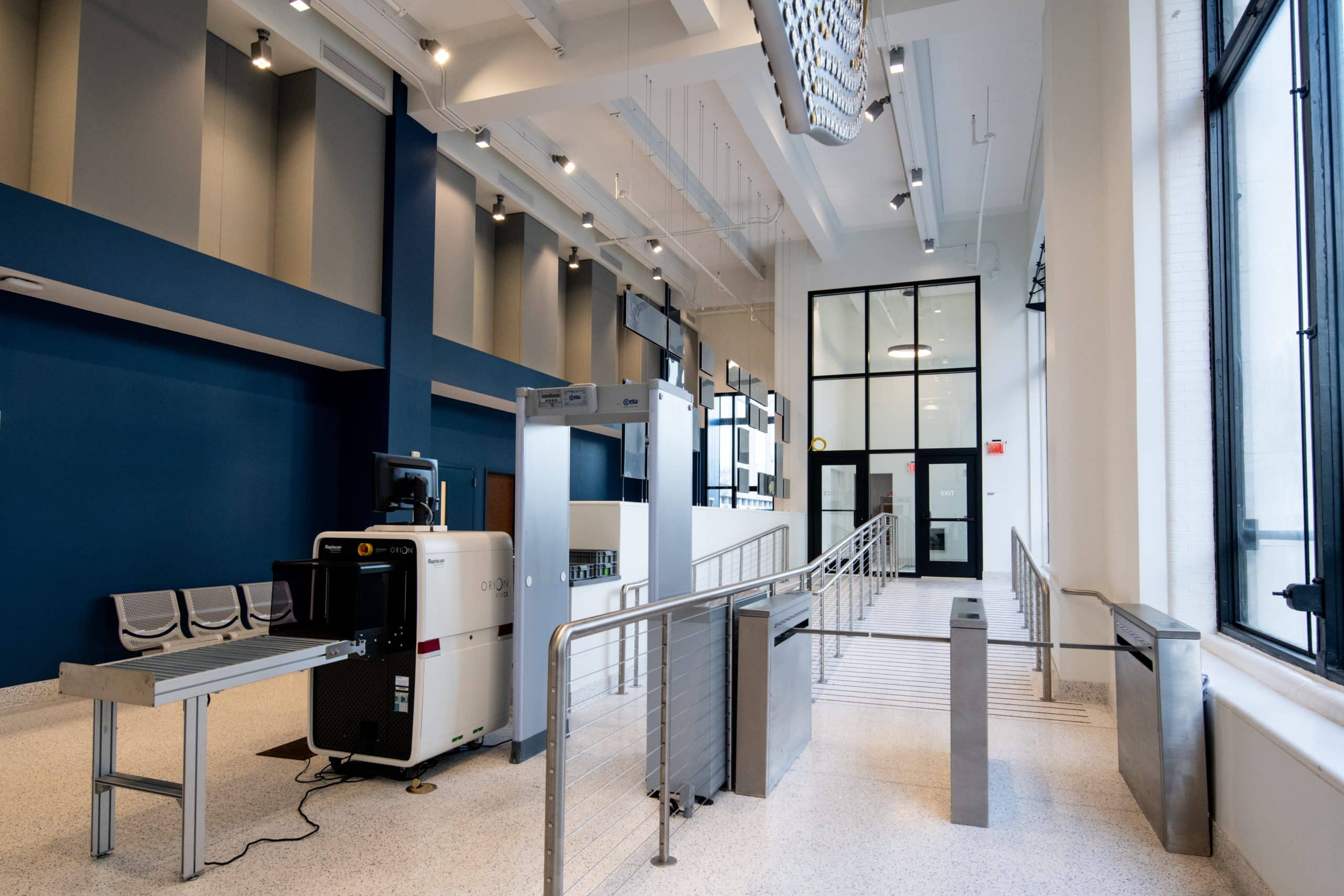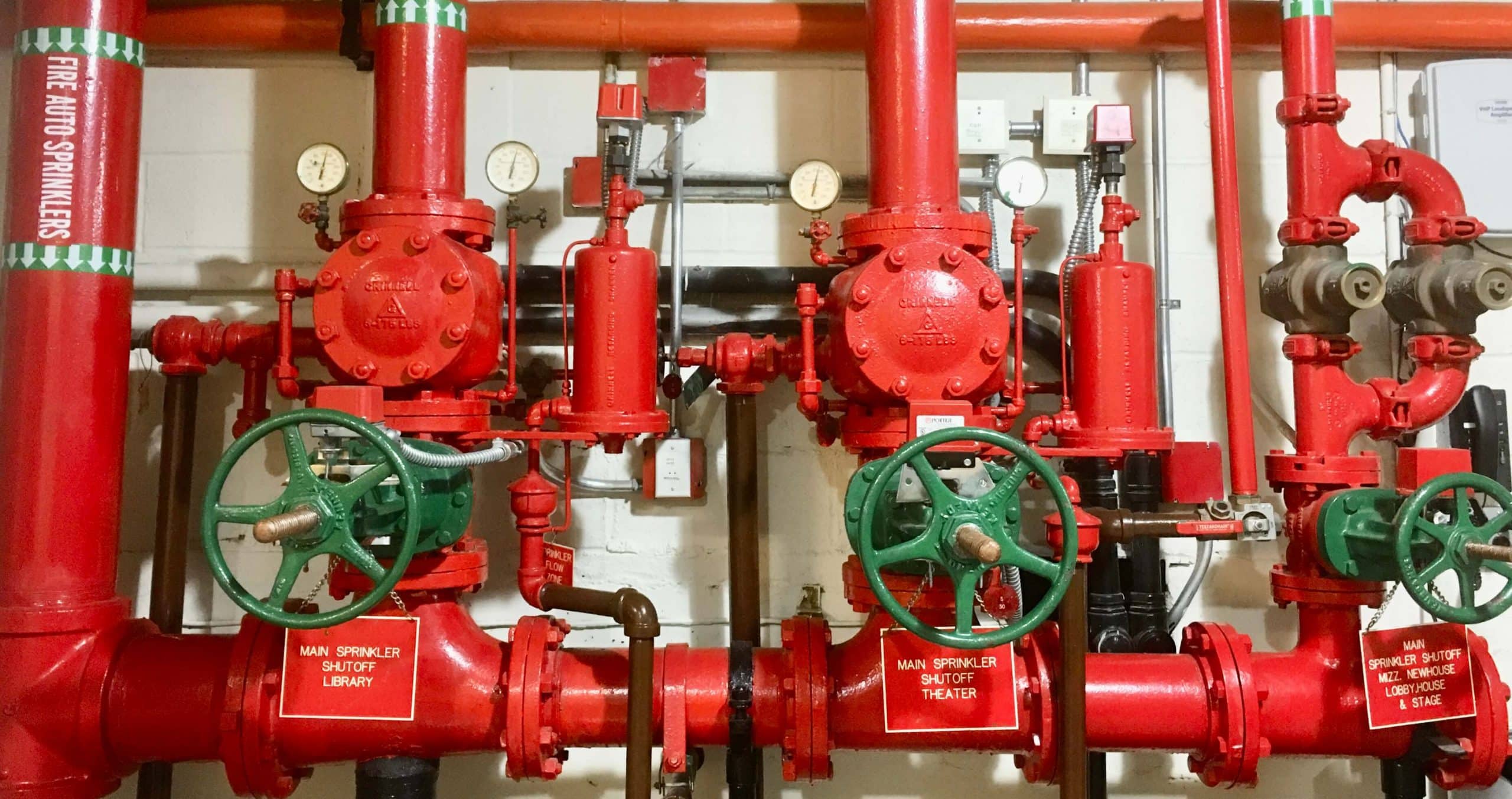SCADA – KEY TO CONTROL PART II

Manufacturers of PLC hardware and SCADA system software providers must address the absolute need to address network security. Many organizations offer security assessment solutions in the form of testing hardware and proprietary certifications in a real-world monitoring environment. One example includes the General Electric (GE) Achilles Test Platform with patented testing framework to validate and accurately assess system performance.
The Achilles test platform manages the testing procedure to provide IT personnel with detail reports on system liabilities and may export for review from key staff. This testing certification includes the sending of unexpected or invalid packets to a specific device or generates communications at a high rate to simulate traffic surges through a network. Supported communication protocols include Modbus TCP/IP, Profinet, DNP3, etc. There are varying levels of built-in cyber security across manufacturers and should be addressed for each application used.
The need for a reliable and resilient SCADA system is easily defined and supported. Within the electrical distribution industry it is essential that service providers are able to distribute clean, efficient power to their tenants. Power outages within an airport could lead to overlays and major safety concerns. Access control and security system devices rely on a functioning distribution system to function correctly. Someone breaking into an authorized access only area may slip past video surveillance or access control devices. Fast acting problem detection and solutions provided by a “healthy” SCADA system means your equipment (1) runs efficiently and (2) your costs stay minimized. SCADA systems provide end users with:
- The ability of real-time strategic decision making on critical points of failure
- Remote monitoring
- Control from key stakeholders
Most importantly, SCADA systems offer the safety and security to both facility and staff and critical equipment. But also, these systems can monitor, control, and even do electric bill rate conversions.
PSE’s recent worked involved the task of surveying and documenting an entire SCADA system and 60 electrical substations in international airport. PSE needed to clearly define future project requirements, future work, cost estimates, and existing conditions. The use of CAD software facilitated the development of survey template documents and substation equipment elevations so that PSE survey personnel were able to document all existing conditions in an orderly and time-sensitive fashion. With many enterprise facilities spanning hundreds of acres in land area and millions of square feet of terminal space there typically exists a large number of electrical substations and distribution points. The original scope of work for the preliminary survey included over 60 substations. Survey documentation and photographs were then shared with key personnel and team members via collaboration platforms to safely transmit sensitive information. Throughout the site survey and development of the assigned Project Definition Document, maintenance staff was engaged to gather existing network documentation and provide input on facility concerns.
Updating the outdated during the substation site survey and documentation it became clear that many substations within terminal areas included outdated switchgear and monitoring devices that did not include the desired capabilities necessary for a functional modern control system. Upon completion of the site survey, PSE compiled information on existing equipment in the form of sketches and manufacturer data. This large effort included detail review of such varying information as deliverables and accuracy of designs, manufacturer and protocol types, as-builds, protocol recording and equipment implementation/start-up costs.
Upon completion of the survey and documentation, a Project Definition Document was compiled to include existing SCADA system conditions, substation equipment existing conditions, project objectives, recommendations, constructability and phasing, and opinions of probable costs. Additional volumes were issued that included tabulations of SCADA assets such as:
- Substation vs. Manufacturer Matrix
- Monitoring package types
- Metering and monitoring types
- Network interface devices
- Communication protocols
- SCADA worktables to be completed by substation
In addition to tabulations and definitions, SCADA system monitoring networks were provided in five different asset examples. Finally, diagrammatic sketches were included with substation front panel layouts, equipment elevations, monitoring types, metering types, breaker types, switches, and local HMI panels.
PUBLIC BID PACKAGING
When the Project Definition Document was completed it provided recommendations on critical design aspects but also posed questions to key personnel that must determine the requirements of future SCADA systems. The design of this new system would begin under the direction of assigned project management to develop the necessary documents for a public bid package. These documents would include system diagrams, device floor plans, point lists, GUI/HMI requirements, installation details, software programming support, start-up planning, commissioning, software documentation, and project specifications. Following the completion of this design, SCADA system server software may be developed under the direction of the Engineer-of-Record and maintenance staff while the assembly of field devices are completed. Infrastructure needs, whether on a networking or termination level, are solved by either providing new media usually being fiber optic or investigating the availability of existing infrastructure including new switches. Phased construction ensures downtime of field devices is minimized and testing is uniform and conducted as required. End user and customer training is conducted to confirm that personnel will be using the system and equipment safely and efficiently. If required by project management and airport personnel, project commissioning may be performed and submitted with review. Any system software, hardware, or infrastructure faults are documented and submitted as required in order to provide manufacturer warranty services and improvements.






